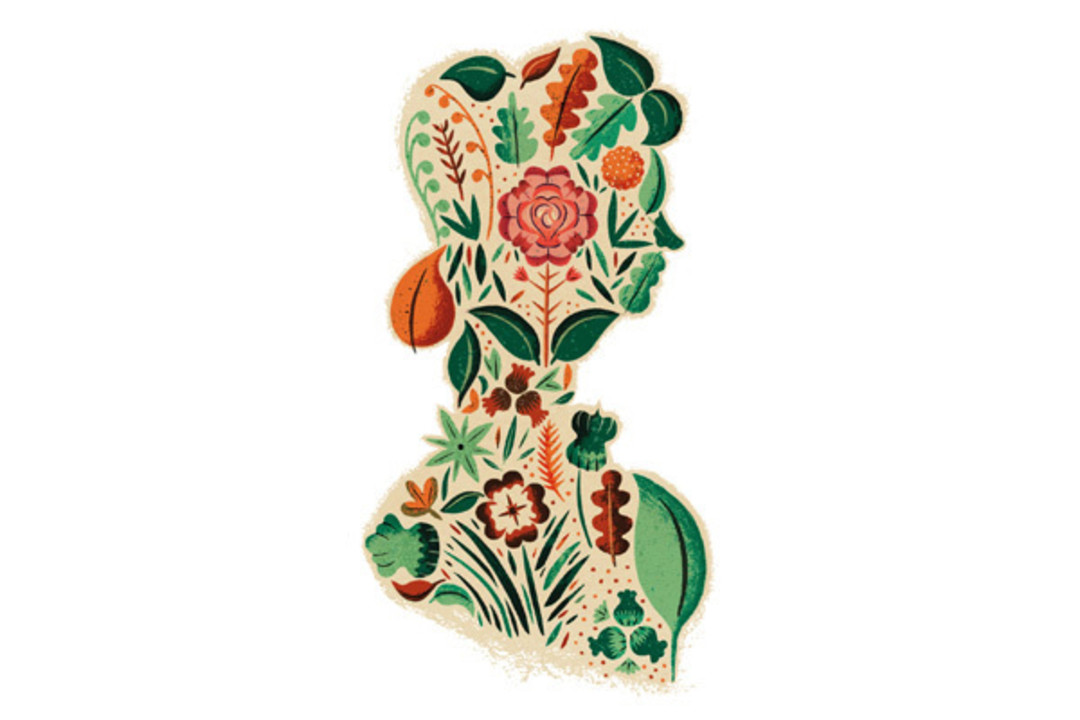The Memory Rose

Image: Adam Hancher
My mother was a classy lady whose life was marked by restraint and whose garden was not. It was a riot of flowers she loved. Crazy forsythia arching all over the azaleas and the budding rhodies. Heavy-headed peonies flopping theatrically across the walkway. A mad disarray—fat andromedas at the edge of the garden, a flurry of dianthus barely visible behind them—as if whenever she acquired a new plant, she looked around for a hole—color and size and bloom time be damned—and stuck it there.
Twenty years ago this spring I found her a home run of a birthday gift—a delicate antique pink rose bush called Nathalie Nypels. Mom’s name was Nathalie. When I presented it to her—in a bucket in the garden, big yellow silk bow tied around its largest cane—Mom clapped her hands together and planted a huge kiss on top of my head. Right then she hauled the pot over to a sunny hole between the camellia hedge and the big leather-leafed bergenia, and had it in the ground the next day. Transplanting roses isn’t best done in late spring, but Mom didn’t care and neither did her rose. It flourished.
Mom treated her plants like she did her kids: She adored them without thinking too hard about it. She wasn’t one for fussy procedures or chemical interventions; she was a gardening intuitive, nurturing the old-fashioned way, with water and sunshine and love. Yes, love. Often I’d bound up the walk from some event that was much more important than gardening to find her on her knees in the dirt, murmuring softly to her plants, reminding them of their beauty, casually dismembering slugs with her garden shears. She often brought bedraggled little plant skeletons home from the hospice table at the nursery, and to a background chorus of her children’s hoots of derision she nurtured them back to full vigor.
Once, admiring her sister’s mock orange, she snipped off a twig, brought it home, and thrust it into the dirt in our backyard. (Novice gardeners take note: this is not how it’s done.) By the time I returned from college the mock orange was the dazzling ten-foot trophy of her garden. When her sister died, Mom told me how grateful she was that she had that mock orange, in full view of the kitchen window where she could admire it. After the memorial, we drove up to my aunt’s house and dug out her elegant white lilac for me.
A few years later I carefully dug out the Nathalie rose. Mom had died. My siblings agreed that I should have it.
With my unfailing absence of intuition, I fretted over where to plant it. The lilac had been easy; a bush that belts out the Hallelujah chorus for two glorious weeks but looks like a bundle of sticks for six months has backyard written all over it. The Nathalie was tougher. Roses, supposedly so suited to the Northwest, had always been grumpy under my watch. Black spot, sawfly larvae. And their unquenchable thirst for sun, not unlike my own, exasperated me.
Where would Mom put it? I asked myself, and with that I spied a little pool of sunshine in the garden bed beneath my daughter’s bedroom window. I envisioned our Nathalie, a bit of a climber, twining romantically up the sill, framing her granddaughter’s view of the world with its delicate blush buds. In it went—by the book, in loamy soil with a measured dose of dolomite lime—and I gardened the hell out of it, according to a strict schedule of pruning and feeding. Unlike my mother I had always been a control freak of a gardener, wishing there existed a hair-spray-like preservative I could shoot across the blooming perfection of a June garden. Now, to honor Mom, I outdid even myself.
Here it would be satisfying to write that the Nathalie rose thrived in its new home. In fact, the rose barely hung on. My mother-in-law, a seasoned gardener from the Rose City, took one look at the bush—sparse, wan, weird shaped—and her face fell into an expression uncomfortably close to pity. “I think we can still save it!” she mustered gamely.
Save it? My God, was I killing Mom’s rose? I would have to step up my game! I could move it. Maybe it needed more sun. Different food. Less water? What would Mom do?
Mom —I heard, clear as day— would leave it alone.
Relax a little. See if it might bloom where it was planted. It was, after all, a living thing with a life force of its own. A life force maybe even strong as grief.




